Revolutionizing Logistics with Automated Material Handling Solutions in Modern Warehousing
In today’s fast-paced economy, the logistics and warehousing sectors are undergoing a profound transformation fueled by technological advancements. Among these innovations, automated material handling solutions stand out as game-changers in optimizing warehouse operations and enhancing efficiency. The adoption of automated material handling systems not only streamlines processes but also significantly reduces human error, leading to increased productivity and cost savings.
As businesses strive to meet growing consumer demands and navigate complex supply chains, the integration of automated material handling is becoming indispensable. By implementing these cutting-edge technologies, companies are able to seamlessly manage inventory, improve throughput, and elevate overall operational performance. This article explores the top five ways automated material handling is revolutionizing logistics in modern warehousing, showcasing the critical role it plays in shaping the future of supply chain management.
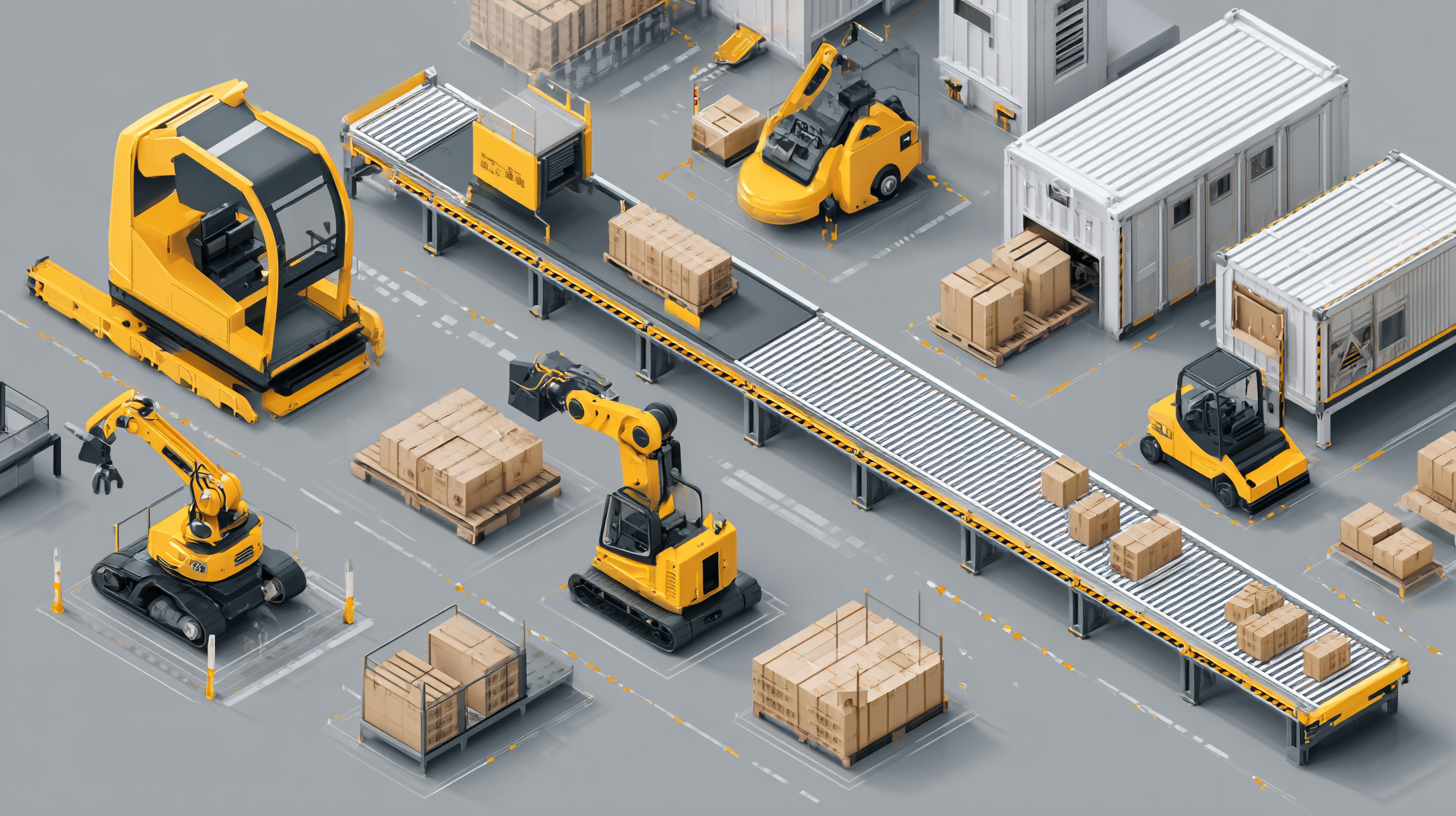
Emergence of Automated Material Handling in Warehousing Operations
The emergence of automated material handling (AMH) systems has significantly transformed warehousing operations, providing enhanced efficiency and accuracy. According to a report by Grand View Research, the global automated material handling market was valued at approximately $28.8 billion in 2021, and it is projected to expand at a compound annual growth rate (CAGR) of 9.8% from 2022 to 2030. This surge is largely attributed to the increasing demand for automation solutions in logistics, driven by the need for real-time inventory management and reduced labor costs.
AMH systems, including automated guided vehicles (AGVs) and robotic picking solutions, are being widely adopted in modern warehouses to optimize workflow. A study by the Material Handling Industry of America (MHIA) revealed that companies implementing these technologies experienced a 30% increase in productivity and a 60% reduction in order-picking errors. Furthermore, as e-commerce continues to grow, warehousing operations are under pressure to meet higher volume demands with greater speed, making AMH solutions an essential component for competitive advantage in the marketplace.
Revolutionizing Logistics with Automated Material Handling Solutions in Modern Warehousing
| Automation Type | Efficiency Improvement (%) | Cost Reduction (%) | Implementation Duration (Months) | Maintenance Frequency (Monthly) |
|---|---|---|---|---|
| Automated Guided Vehicles (AGVs) | 30% | 25% | 6 | 1 |
| Automated Storage and Retrieval Systems (AS/RS) | 40% | 35% | 8 | 2 |
| Conveyor Systems | 20% | 15% | 4 | 1 |
| Robotic Picking Systems | 50% | 45% | 12 | 3 |
Benefits of Integrating Robotics and AI in Logistics
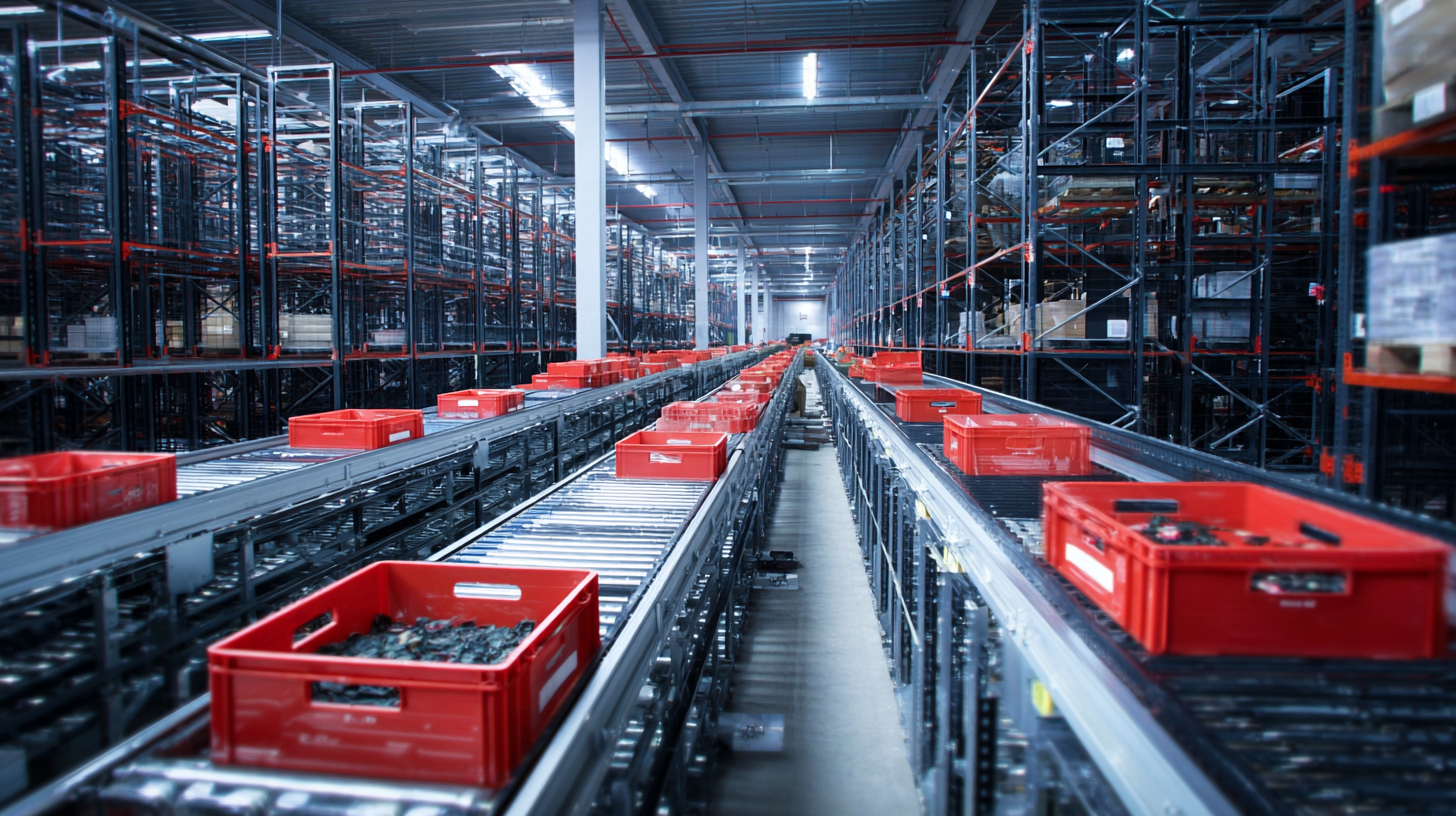 The integration of robotics and artificial intelligence (AI) in logistics is fundamentally transforming modern warehousing. With an impressive projected growth rate of 33.9%, the AI in robotic platforms market is set to reach approximately USD 313.1 billion by 2034, showcasing the escalating demand for intelligent automation in supply chains. Businesses are harnessing AI to streamline operations, enhance efficiency, and significantly reduce costs. For instance, the automation of inventory management and order fulfillment processes allows for real-time tracking and efficient resource management, leading to remarkable improvements in operational performance.
The integration of robotics and artificial intelligence (AI) in logistics is fundamentally transforming modern warehousing. With an impressive projected growth rate of 33.9%, the AI in robotic platforms market is set to reach approximately USD 313.1 billion by 2034, showcasing the escalating demand for intelligent automation in supply chains. Businesses are harnessing AI to streamline operations, enhance efficiency, and significantly reduce costs. For instance, the automation of inventory management and order fulfillment processes allows for real-time tracking and efficient resource management, leading to remarkable improvements in operational performance.
Tips for implementing AI solutions: Ensure that you start with a clear evaluation of your current processes to identify areas ripe for automation. Collaborating with tech-savvy industry partners can significantly speed up the integration of these technologies into your existing systems. Moreover, investing in training programs for your team is essential to maximize the potential of AI tools and robotic systems.
The potential benefits of AI extend beyond simple cost savings; they include improved accuracy, faster processing times, and enhanced customer satisfaction. As companies like Lenovo illustrate through their AI-powered innovations, integrating intelligent systems can drastically optimize warehouse space and functionality, paving the way for a more resilient supply chain. Adopting these advancements now can position businesses at the forefront of the logistics revolution.
Impact of Automated Solutions on Supply Chain Efficiency
The implementation of automated material handling solutions has significantly transformed supply chain efficiency in modern warehousing. By minimizing human intervention, these technologies streamline processes such as inventory management, picking, and packing. Automated systems like robotic arms and conveyor belts can operate continuously, leading to faster order fulfillment and reduced lead times. This efficiency not only enhances productivity but also lowers operational costs, enabling businesses to allocate resources more strategically.
Moreover, automated solutions provide real-time data insights, allowing companies to monitor inventory levels and operational performance more effectively. This data-driven approach fosters informed decision-making and optimizes supply chain operations. For instance, predictive analytics can help forecast demand more accurately, reducing excess inventory and minimizing stockouts. In essence, the integration of automation in warehousing not only boosts efficiency but also positions businesses to respond swiftly to changing market dynamics.
Impact of Automated Material Handling Solutions on Supply Chain Efficiency
This chart illustrates the impact of automated material handling solutions on supply chain efficiency, revealing a significant improvement from 65% to 90% efficiency after automation.
Challenges and Considerations in Implementing Automation
The automation of material handling in modern warehousing presents numerous challenges that operators must navigate to fully realize its benefits. One of the primary concerns is the high initial investment required for automation technologies. According to a report by McKinsey, businesses typically invest between $1 million to $5 million in advanced automation systems, which can deter many smaller companies. Moreover, integrating automated systems with existing infrastructure often requires significant alterations, leading to increased costs and operational downtime during the transition.
Another critical consideration is workforce adaptation. A study by Deloitte emphasizes that over 50% of warehouse workers may require reskilling as automated systems are introduced. This transition can lead to resistance among employees, impacting morale and productivity. Furthermore, ensuring seamless collaboration between human workers and automated systems is vital. Effective training programs and change management strategies are essential to mitigate these challenges, ensuring that staff are equipped to work alongside new technologies. Ultimately, careful planning and investment in human capital are crucial for successful automation implementation in logistics.
Future Trends in Automated Material Handling Technologies
The future of automated material handling technologies in warehousing is poised for significant transformation, driven by advancements in artificial intelligence and robotics. According to recent industry analysis, the automated material handling market is expected to experience substantial growth, with a compound annual growth rate (CAGR) projected at approximately 7.4% from 2018 to 2023. This growth is supported by the increasing demand for efficiency and productivity in logistics, as companies seek to reduce operational costs and improve service delivery through automation.
Emerging trends in this sector include the integration of machine learning, natural language processing, and computer vision technologies, which enhance the capabilities of both industrial and service robots. These applications not only automate physical tasks but also enable better interaction with humans, creating a more flexible and efficient workflow. The challenges facing humanoid robotics, such as intricate development processes and high operational costs, are being addressed by futuristic innovations that promise to reengineer traditional warehousing practices, aligning them with the principles of Industry 4.0.
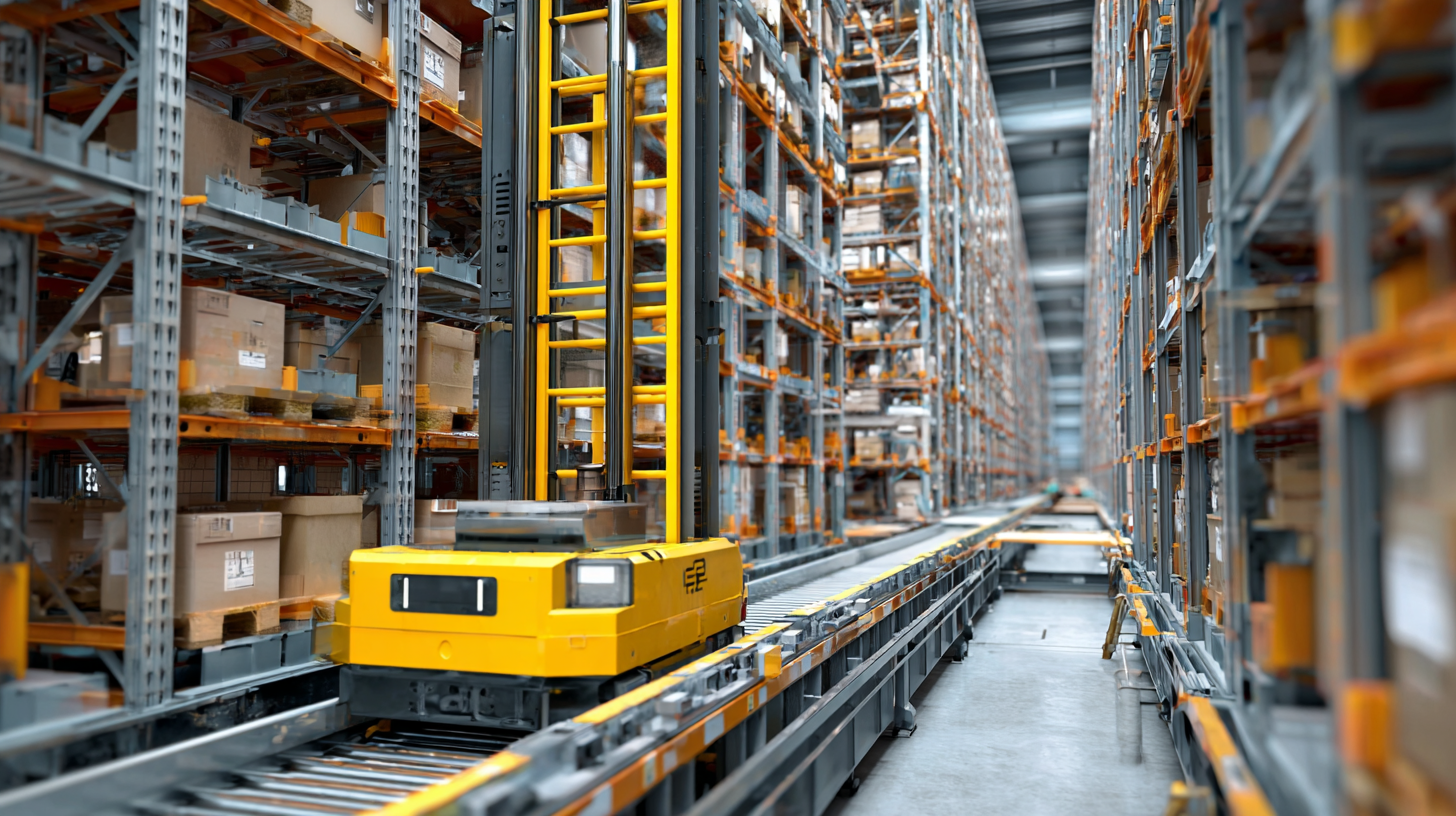
Related Posts
-
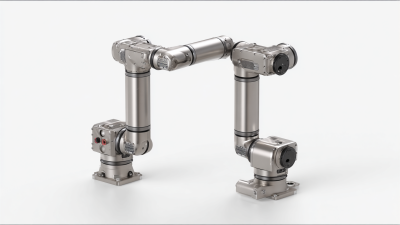
Revolutionizing Automation: How Cartesian Robots Shape the Future of Precision Engineering
-
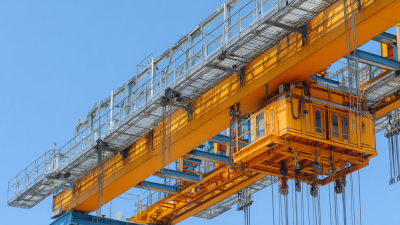
Maximizing Efficiency with Modern Gantry Systems: Key Trends and Innovations Shaping the Industry Today
-
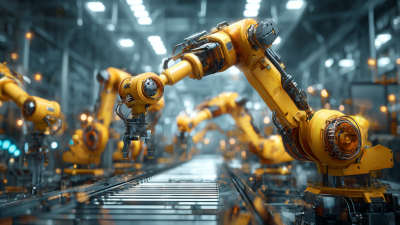
Exploring the Future of Manufacturing Robots in Smart Factories
-

The Rapid Growth of Industrial Robotics Revolutionizing Manufacturing with 80 Percent Productivity Increase
-
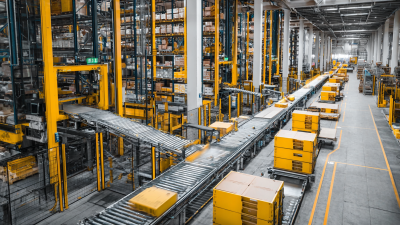
Revolutionizing Efficiency: How Automated Storage Solutions Are Shaping the Future of Warehousing
-
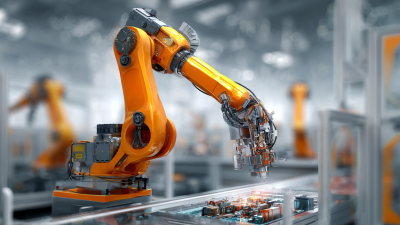
Revolutionizing Manufacturing: How Industrial Robotics Are Shaping the Future of Automation


